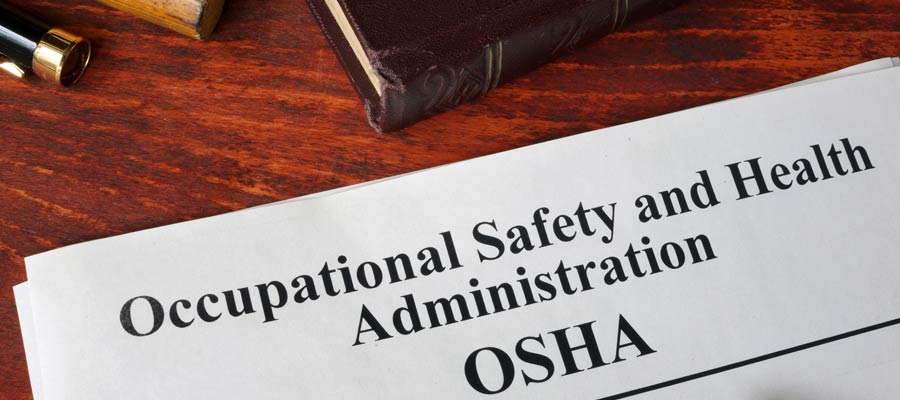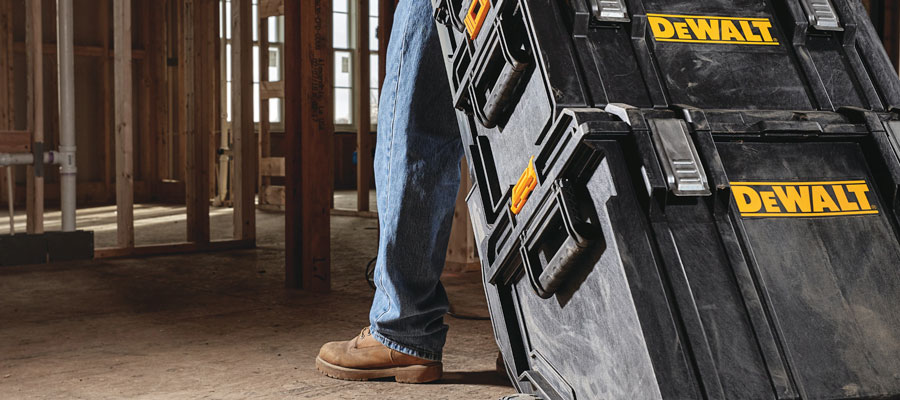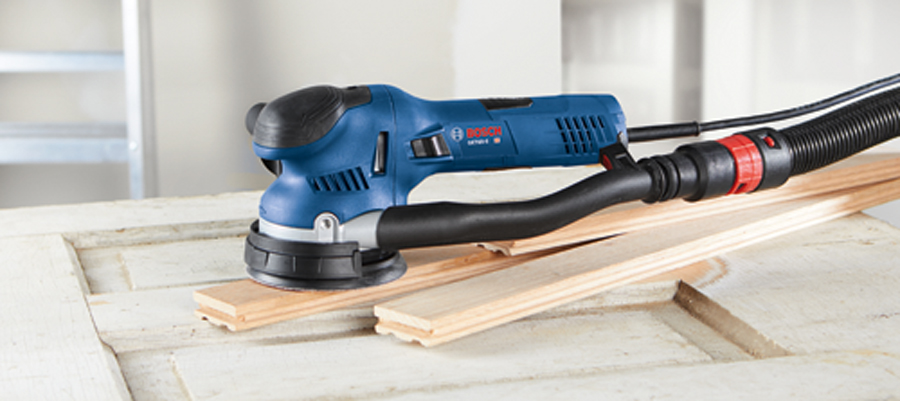Though OSHA's new airborne silica regulations went into effect on September 23, a Labor Department memo dated three days prior stated that no penalties should be issued by compliance officers if employers were showing a good-faith effort to meet the regulations. Companies that did not appear to be working towards complying with the new regulations may have still received citations during this time. This delay was directly on the tail of the three-month delay from June 23. Why have there been so many delays to put these regulations into effect and enforce them? One possible answer is time to market for protective measures.

Why The Delay?
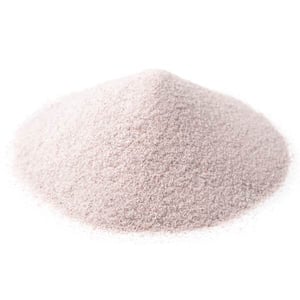
Though the silica rules are still in effect, they're being fought by a coalition of construction-sector organizations in court. Their case states that it is not feasible either technically or economically, and that it doesn't take the changes constantly happening in construction into account. The government and labor unions are pushing the regulations into effect as studies have shown that the new regulations may save over 600 lives while preventing 900 additional cases of silicosis annually.
The standard includes hard numbers on exposure limits, exposure control plans and record keeping. Though it includes flexibility for smaller businesses, contractors are seeing real problems with putting the standard into practice. Though silicosis has been an issue since the 1930s, there hasn't been a push to update the standard for much of the intervening time. That means that many of the equipment being offered prior to the new regulations going into effect did not account for the changes they would cause.
Testing Equipment
Though there have been rumors floating around about OSHA accepting impactor-based silica sampling, the agency's preferred method is using cyclonic sampling. If you've already invested in an impactor, you may want to talk to your local office and see if you can get the exception recorded in writing to ensure you're protected. To set up a cyclone-based system, you'll need a pump and a cyclone. To determine what kind of cyclone you need, you'll need to consider air flow, the length of the employee's task and the testing method's Limit of Detection. This information will help you find a cyclone that will work best for your situation.
Worker Protection
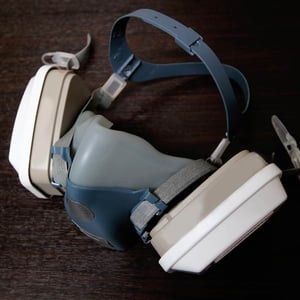
Depending on where and in what conditions your crew is working, there are many options available. For general work, a P-95 or N-95 respirator can provide good protection. If the work entails abrasive blasting, a type-CE respirator is required. But beyond protecting the airway itself, there are also requirements to help keep airborne silica from leaving the job site. Shower facilities, coveralls or similar methods of containment help prevent the silica that has settled on clothing from becoming airborne in other areas.
However, another area where you can reduce silica is at the tools themselves. DeWalt has developed a line of blowers and vacuums to specifically deal with airborne silica on the job site, in both corded and cordless options. Bosch, Makita, Hitachi and Milwaukee have also developed a range of tools and options to help control airborne silica on your job site.
Silicosis is a terrible disease that claims the lives of 600 workers annually, but rushing the implementation of the new standards is still causing problems with compliance for many construction firms. If your company is having problems finding the right equipment to mitigate silica exposure on the job site, Star Sales is here to help. Please feel free to contact us today for help in finding the right solutions for your company's respiratory protection needs.

